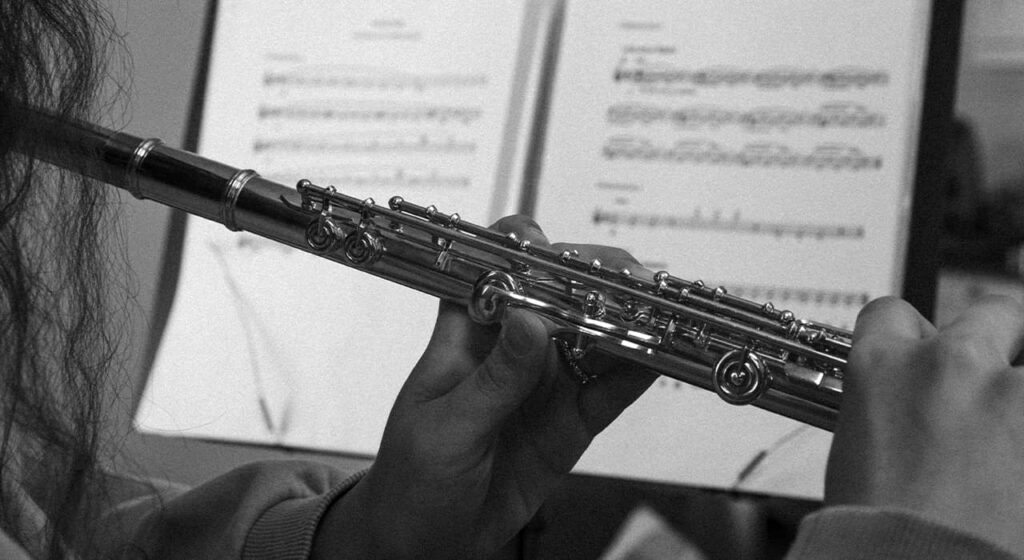Prehistoric music, more commonly referred to as primitive music, is the name given to all music created in pre-writing cultures (prehistoric ) beginning somewhere in very late geologic history. Prehistoric music is followed by ancient music in much of Europe (1500 BC) and later music in later regions influenced by Europe but still existing in isolated areas.
Thus, prehistoric music technically includes all world music that existed before any currently extant historical sources concerning that music, such as the traditional music of Native American pre-writing tribes and the Music of the Australian Aborigines. Nevertheless, the “prehistoric” music of non-European continents-especially that which has survived to this day-is more commonly referred to as folk, local, or traditional music. The origin of the music is unknown, since it occurred before recorded history. Some suggest that the origin of music probably comes from natural sounds and rhythms. Human music can reflect these phenomena using patterns, repetition, and tonality. Even today, some cultures have certain examples of music that mimic natural sounds. In some cases, this feature is associated with shamanic beliefs or practices. It may also have entertainment (playing) or practical (luring animals to hunt) functions.
It is likely that the first musical instrument was the human voice itself, which can produce a variety of sounds, from humming and whistling to clicking, coughing and yawning. As for other musical instruments, in 2008 archaeologists discovered a bone flute in the Hohle Fels cave near Ulm, Germany. The five-hole flute is believed to be about 35,000 years old, has a V-shaped mouthpiece and is made of vulture wing bone. The oldest known wooden pipes were discovered near Greystone, Ireland in 2004. The wood-clad pit contained a group of six grooves made of yew wood, 30 to 50 cm long, tapering at one end but without finger holes. It is possible that at one time they were connected together.
It has been suggested that the “Divje Babe Flute,” a cave bear femur bone between 50,000 and 60,000 years old. It is the oldest musical instrument in the world and was produced by Neanderthals. However, claims that the femur bone is indeed a musical instrument are challenged by alternative theories, including the suggestion that the femur bone may have been nibbled by predators to form holes.
